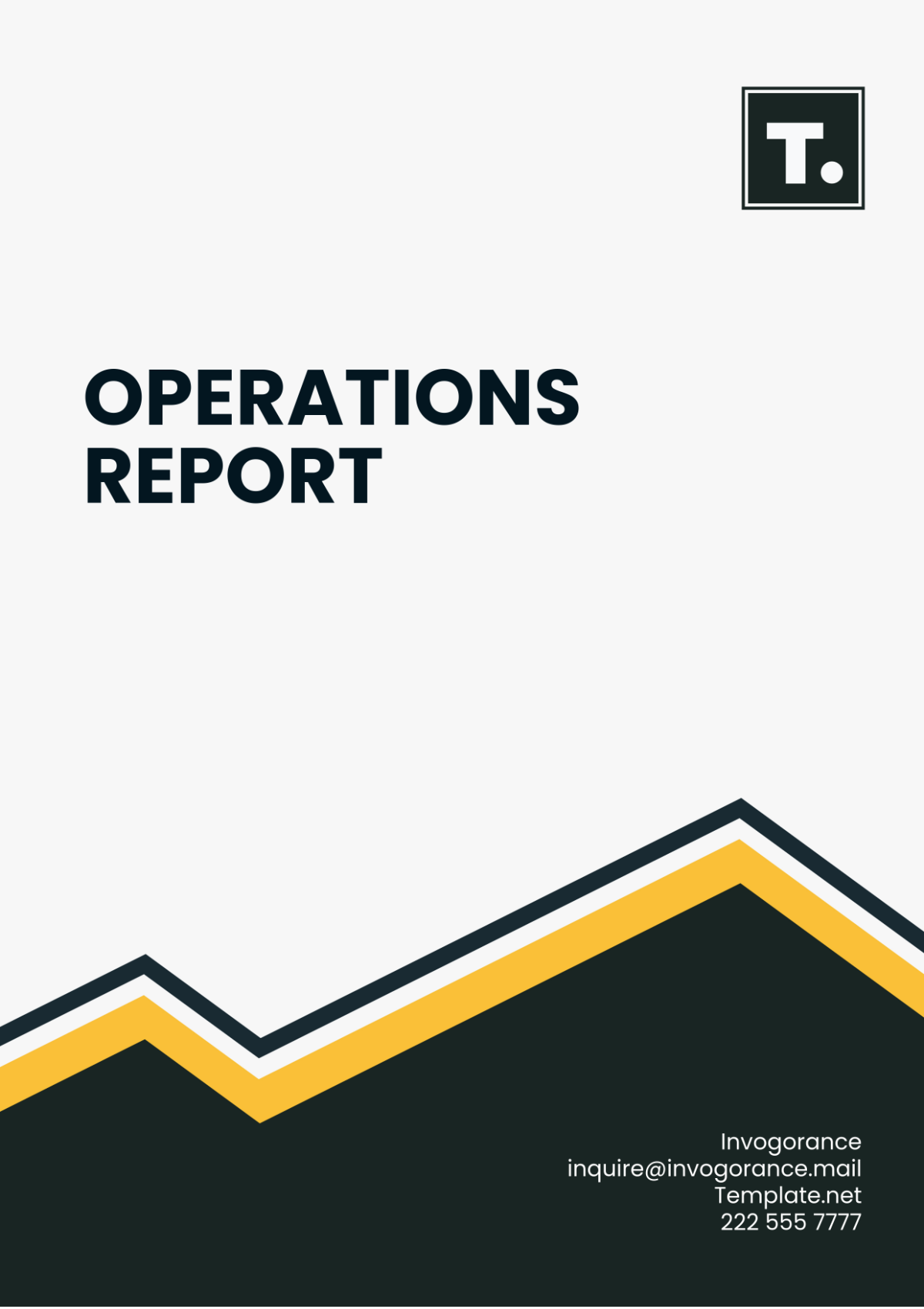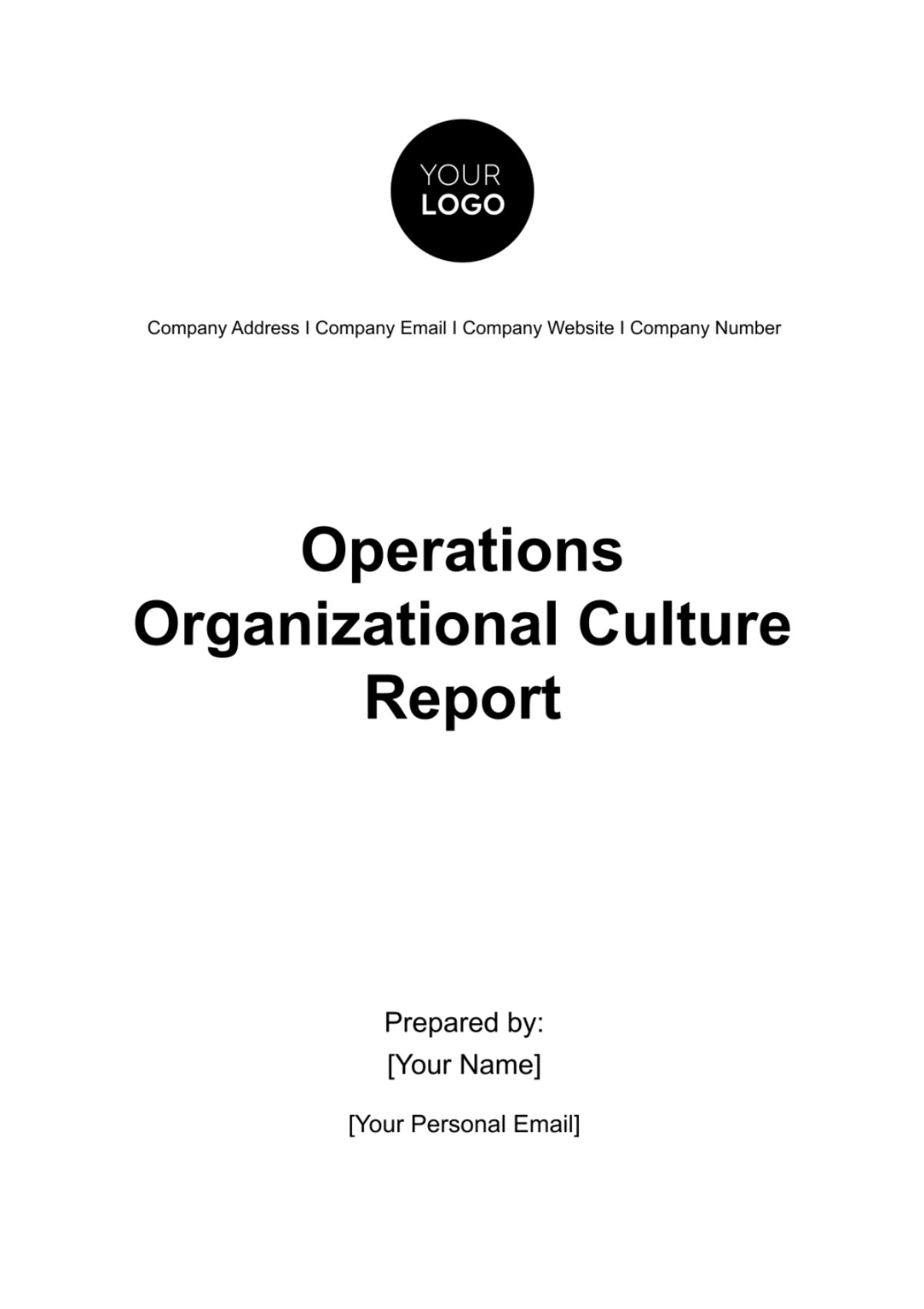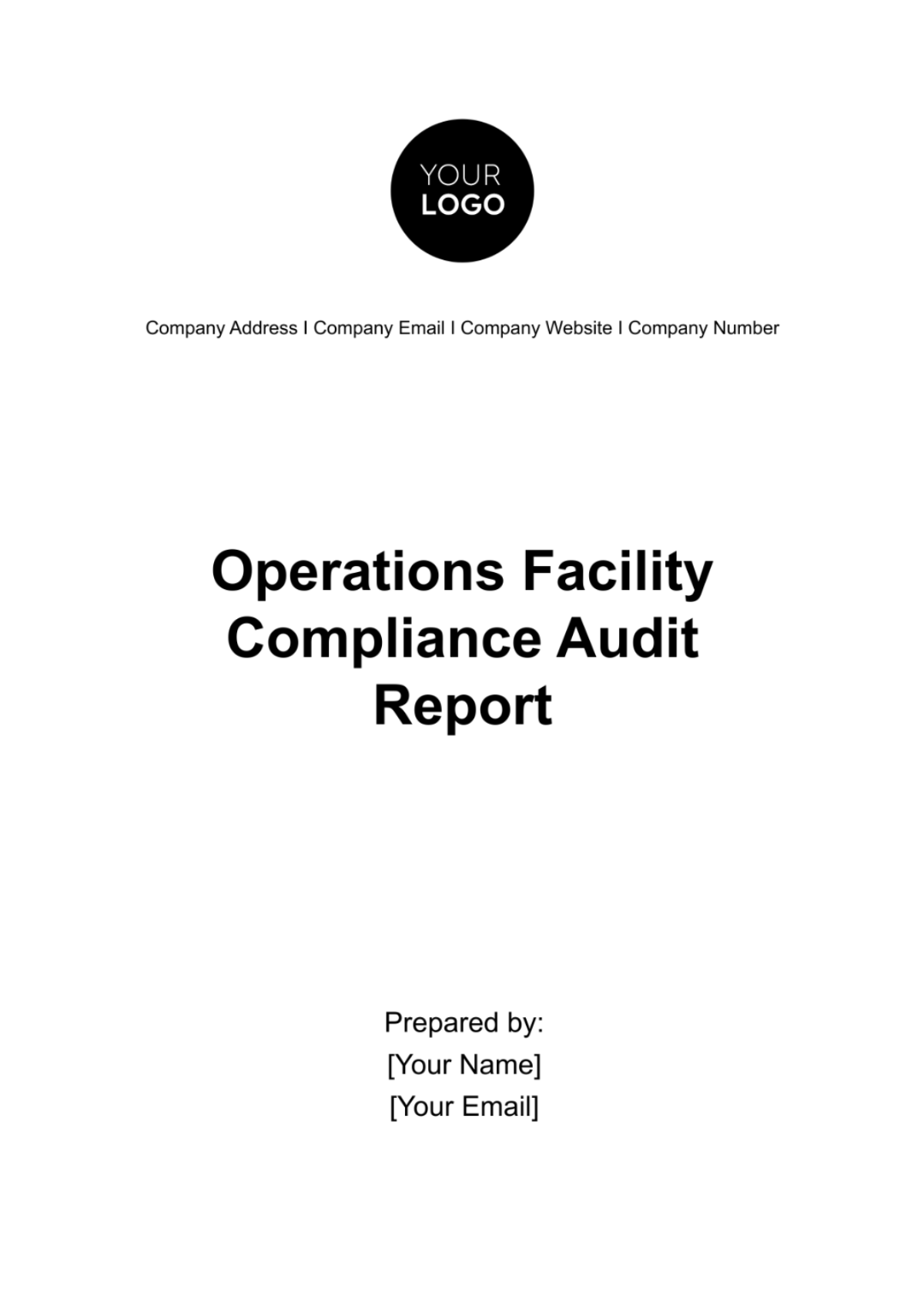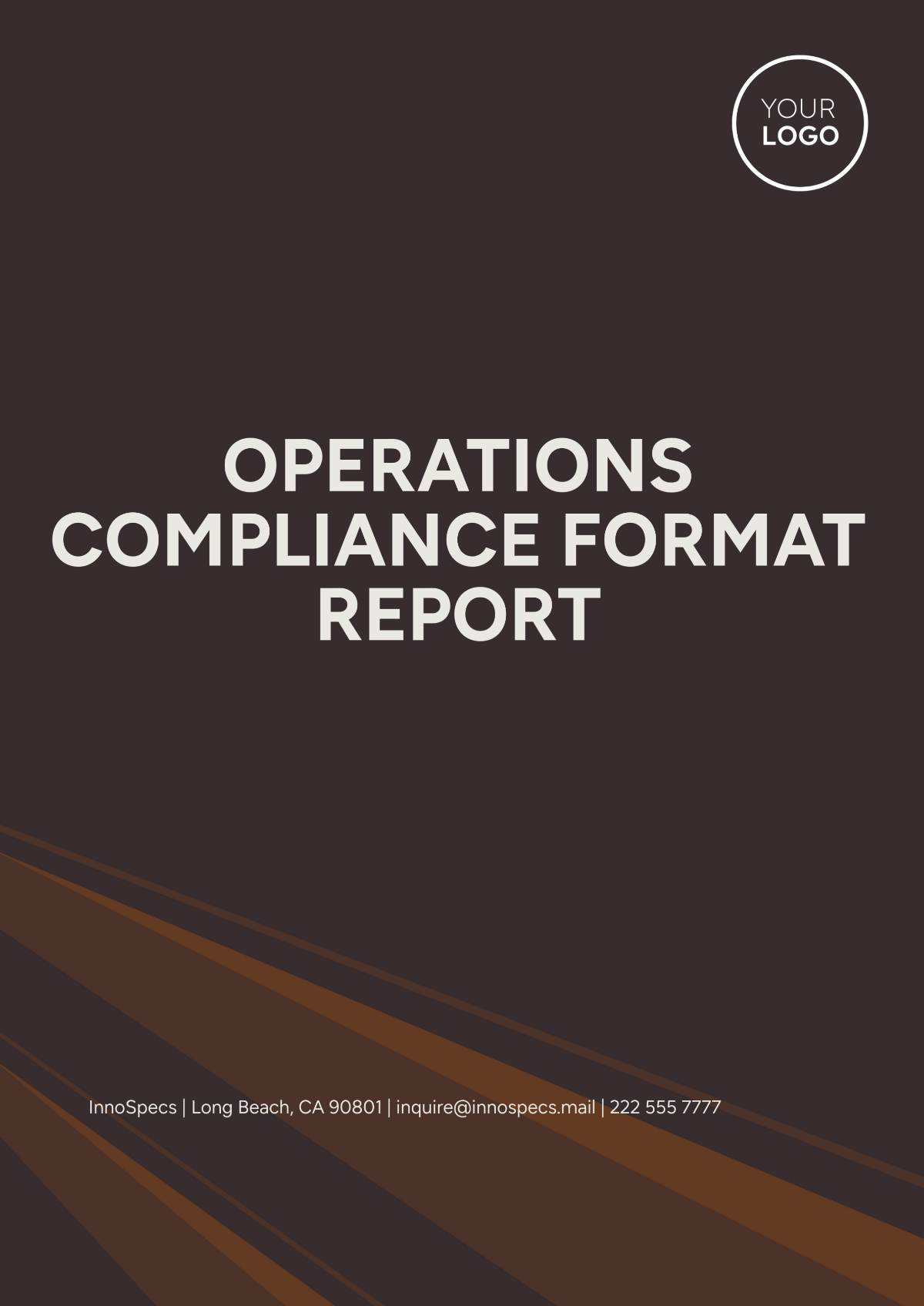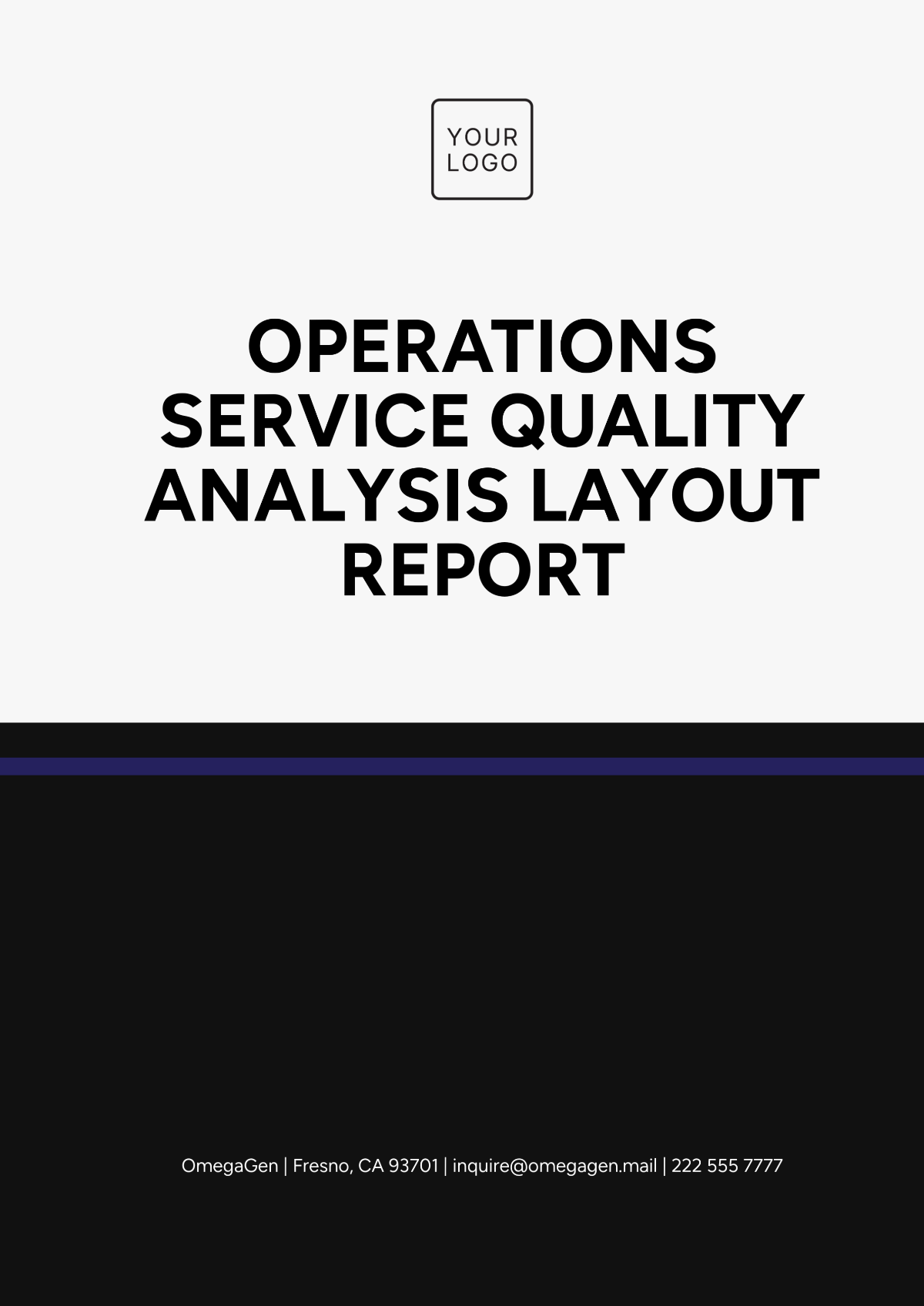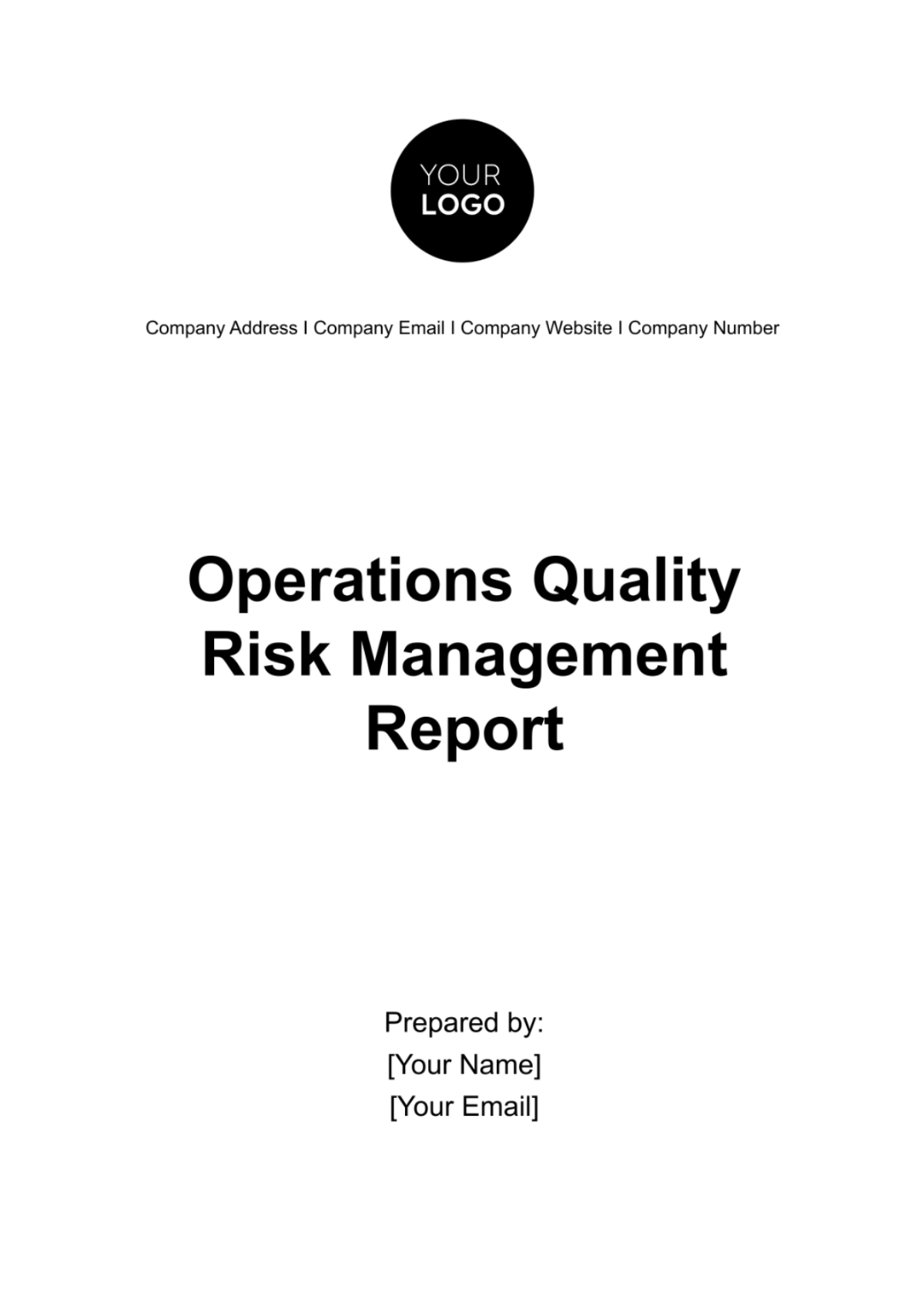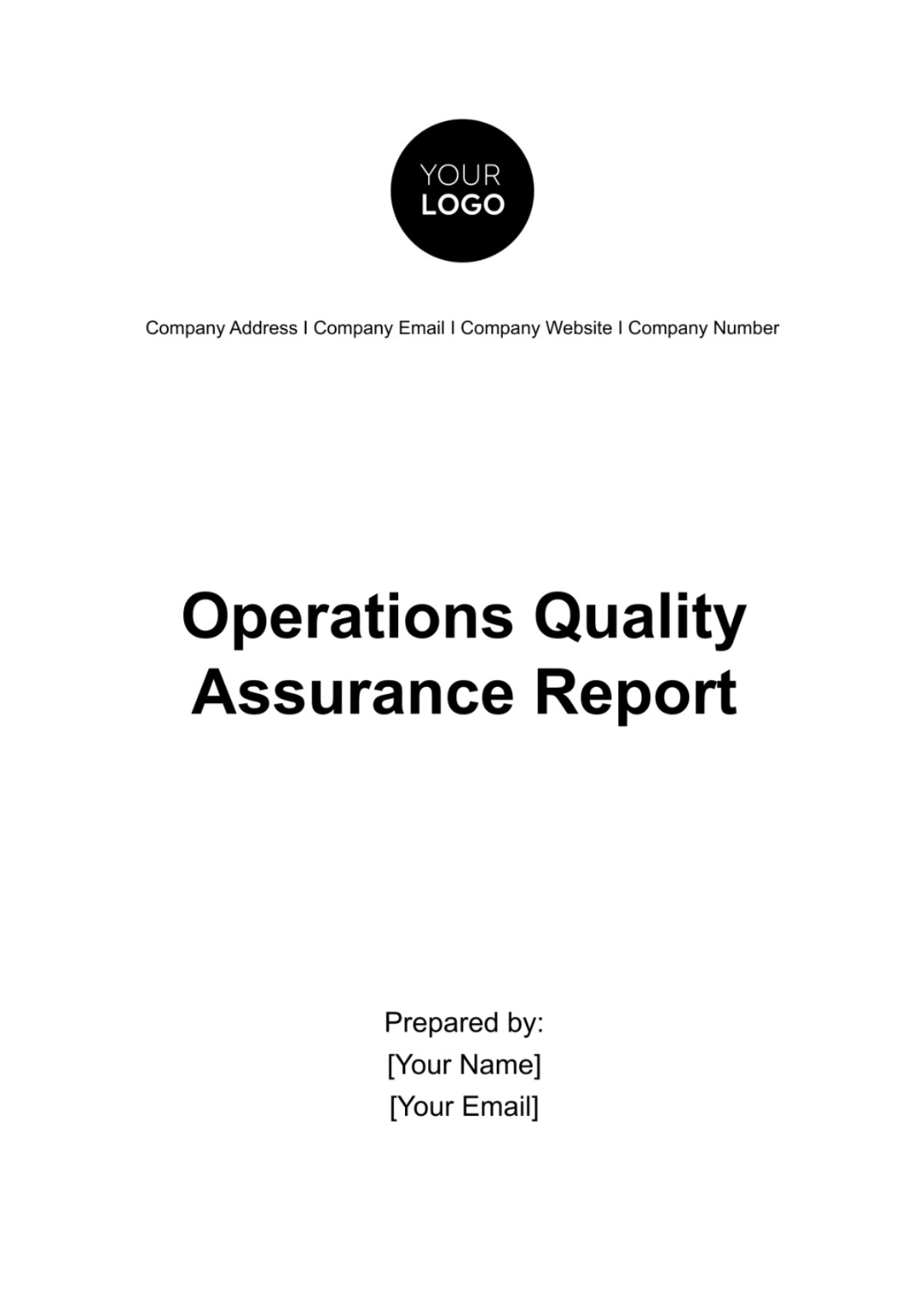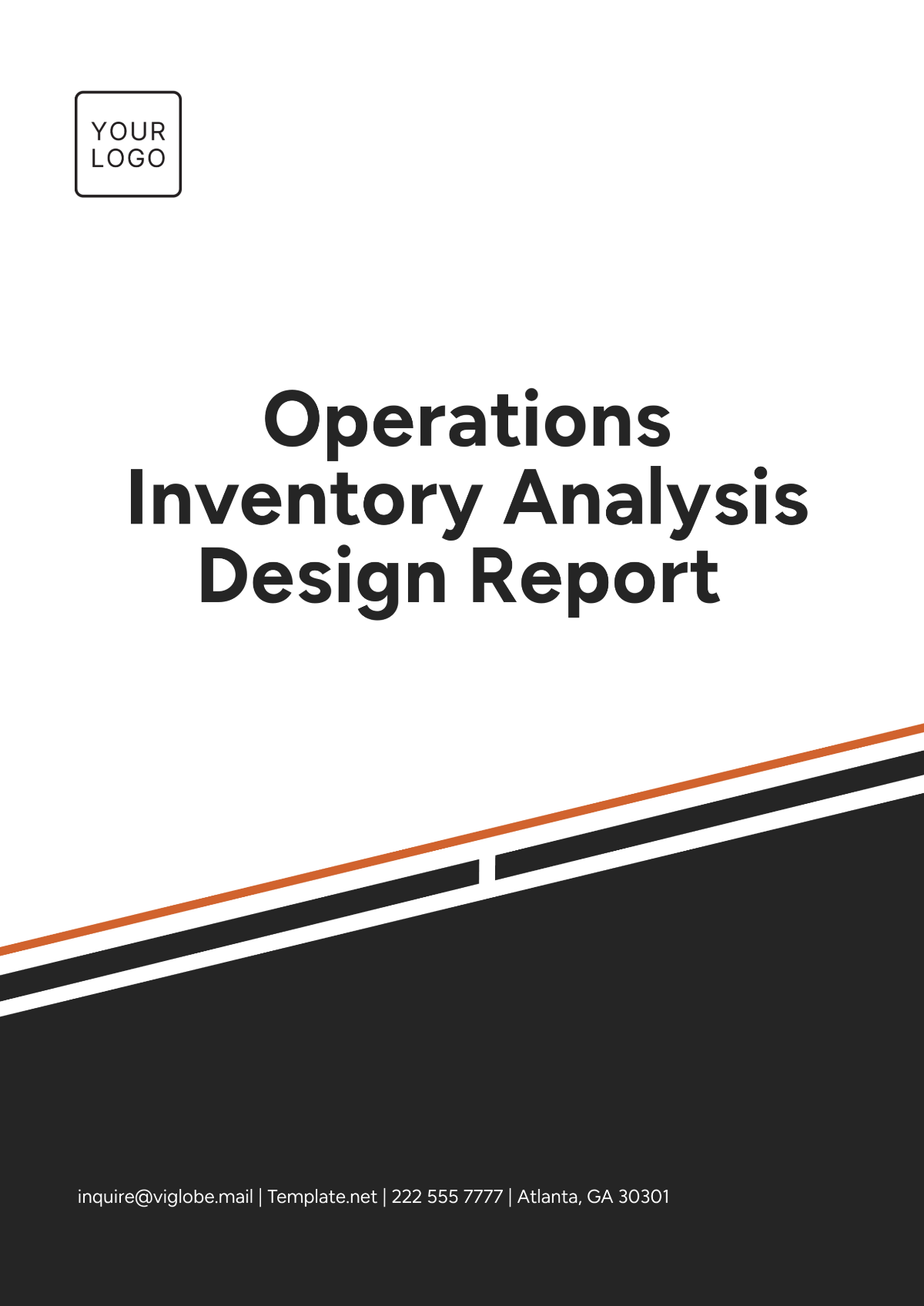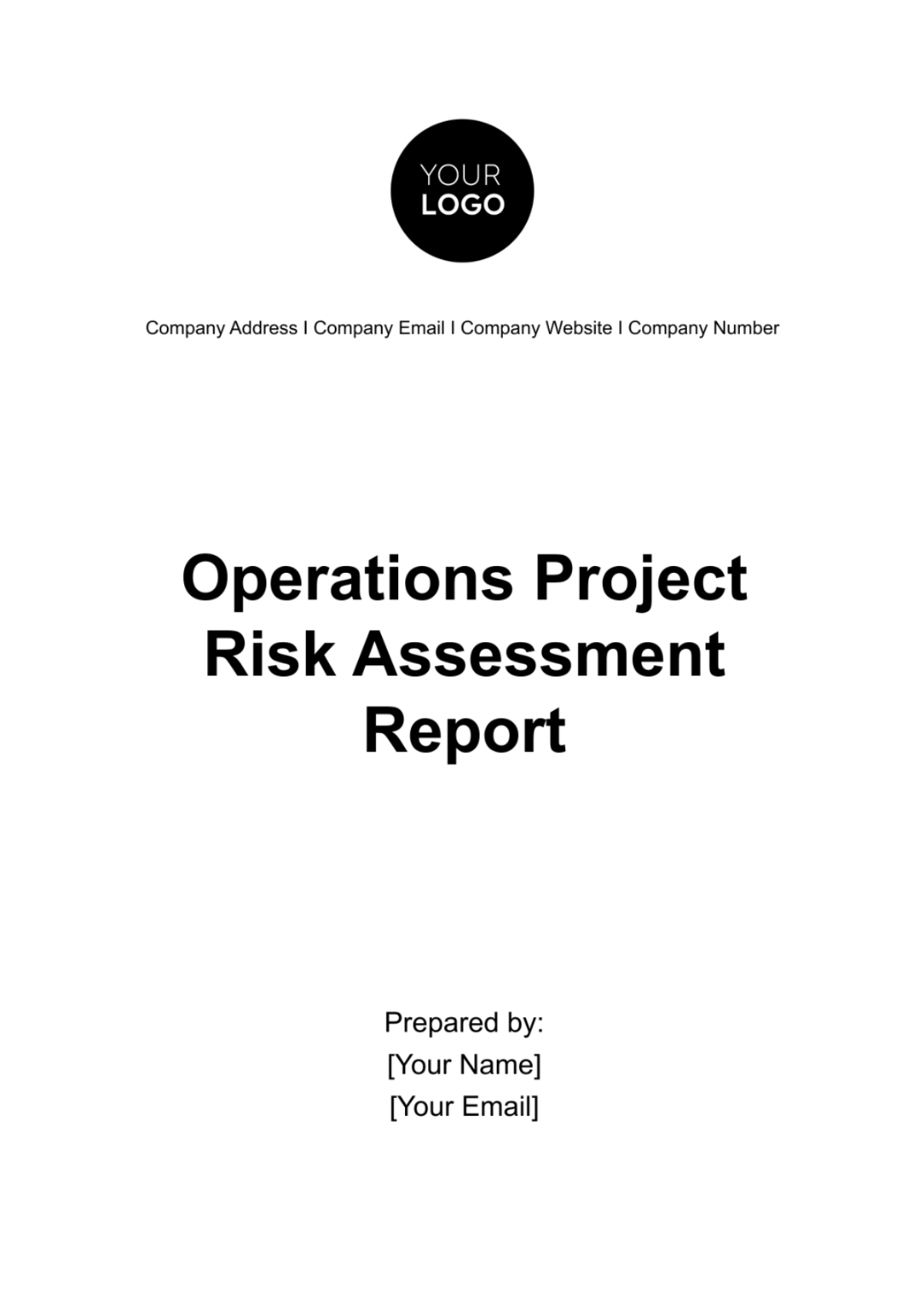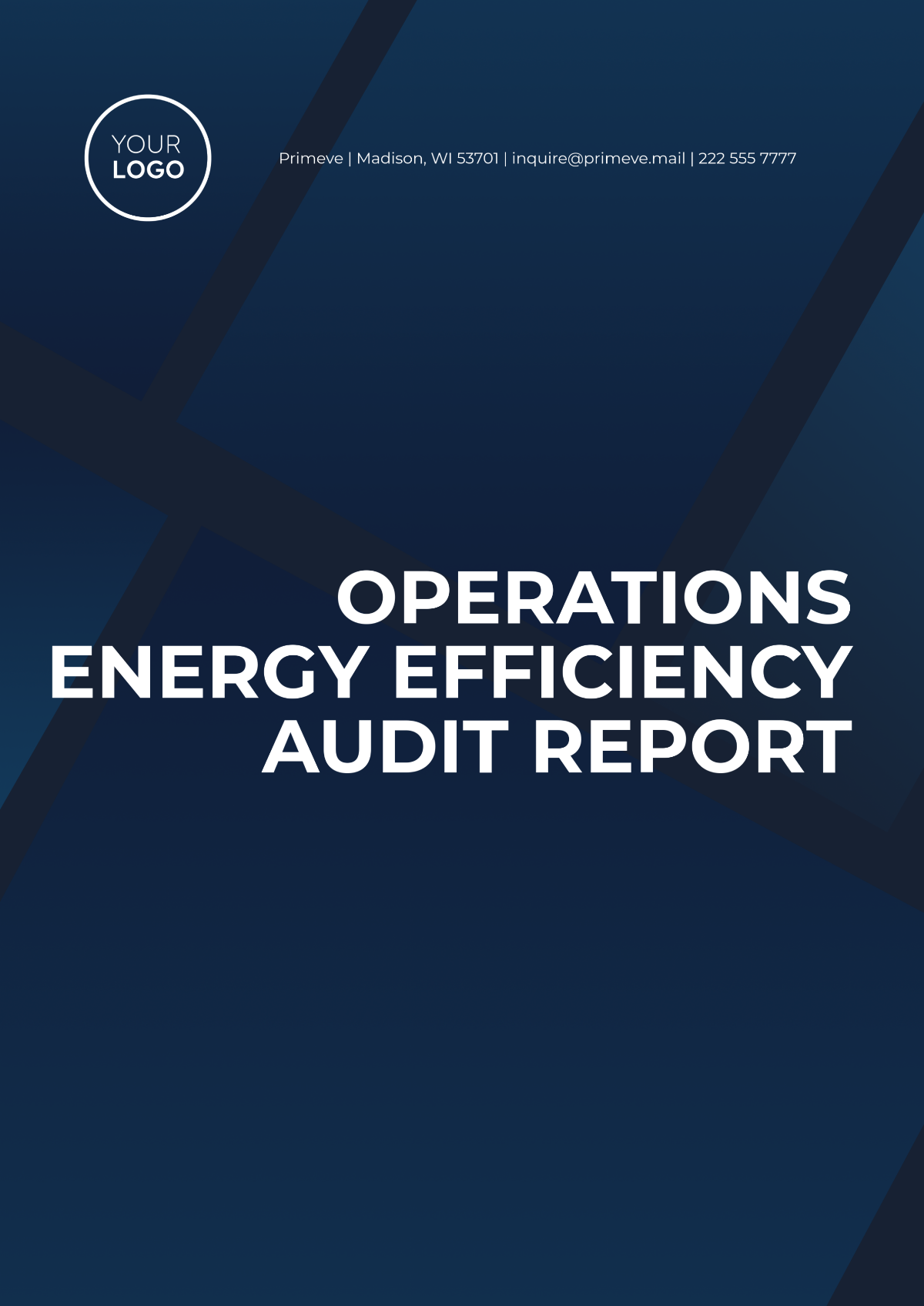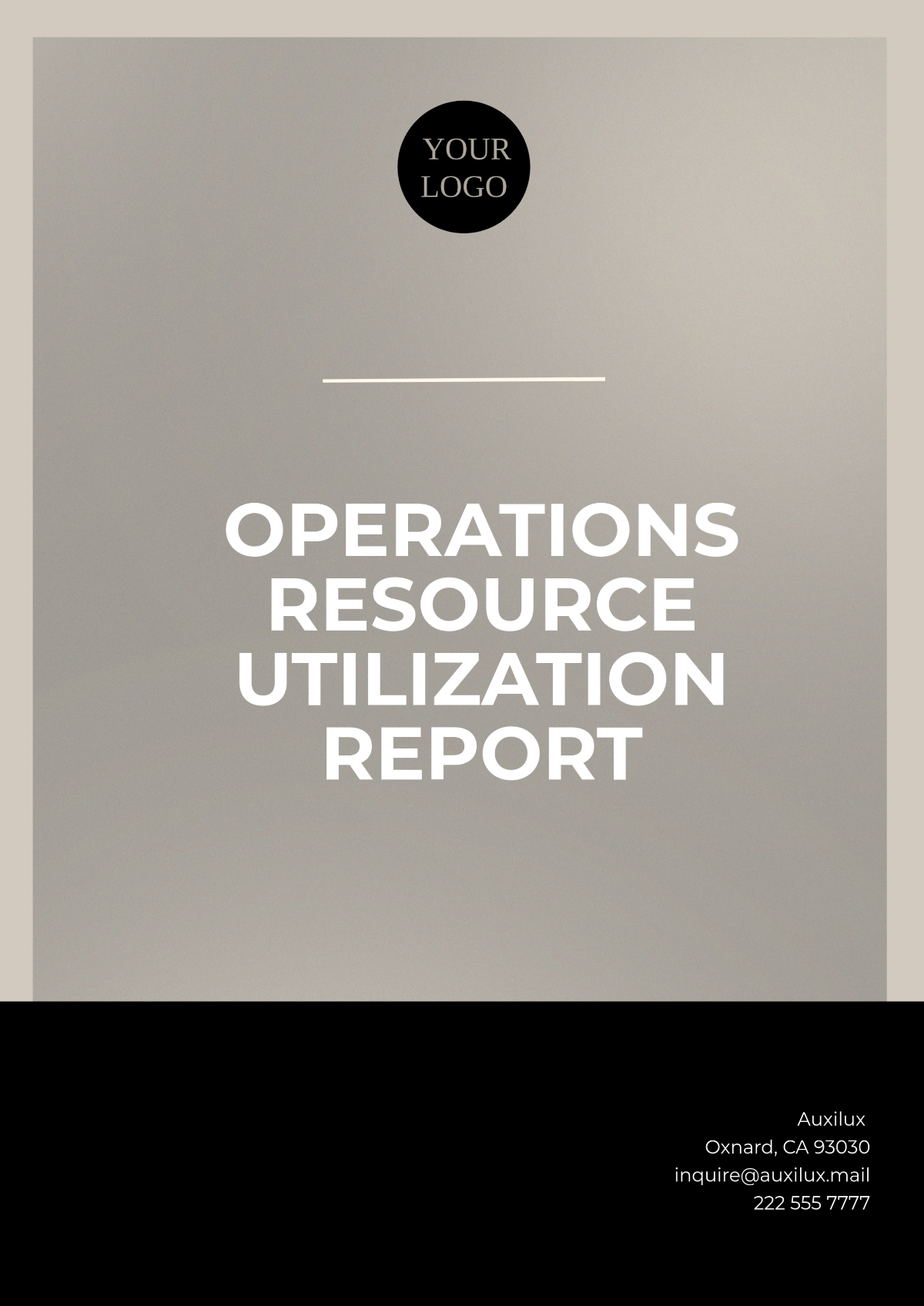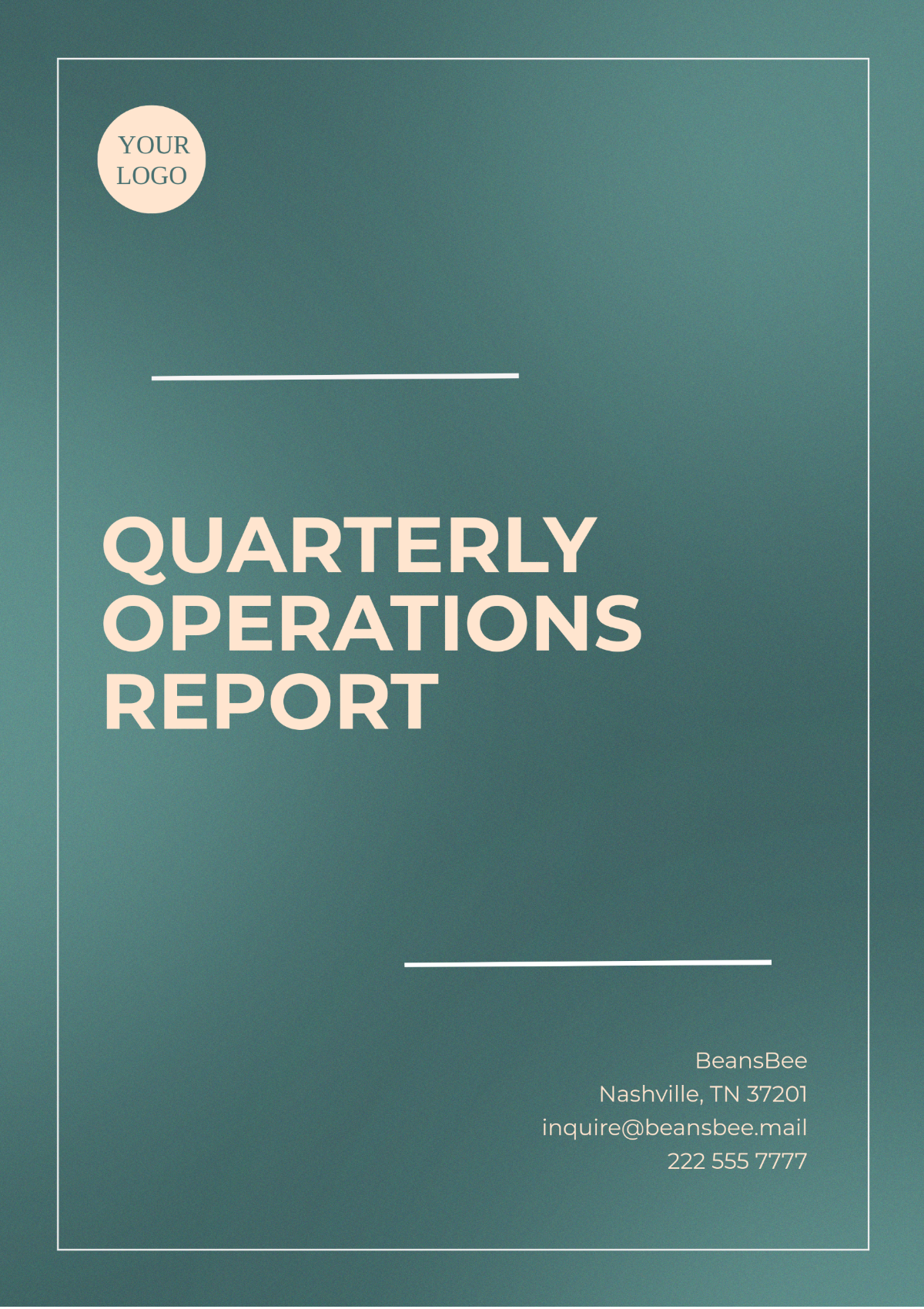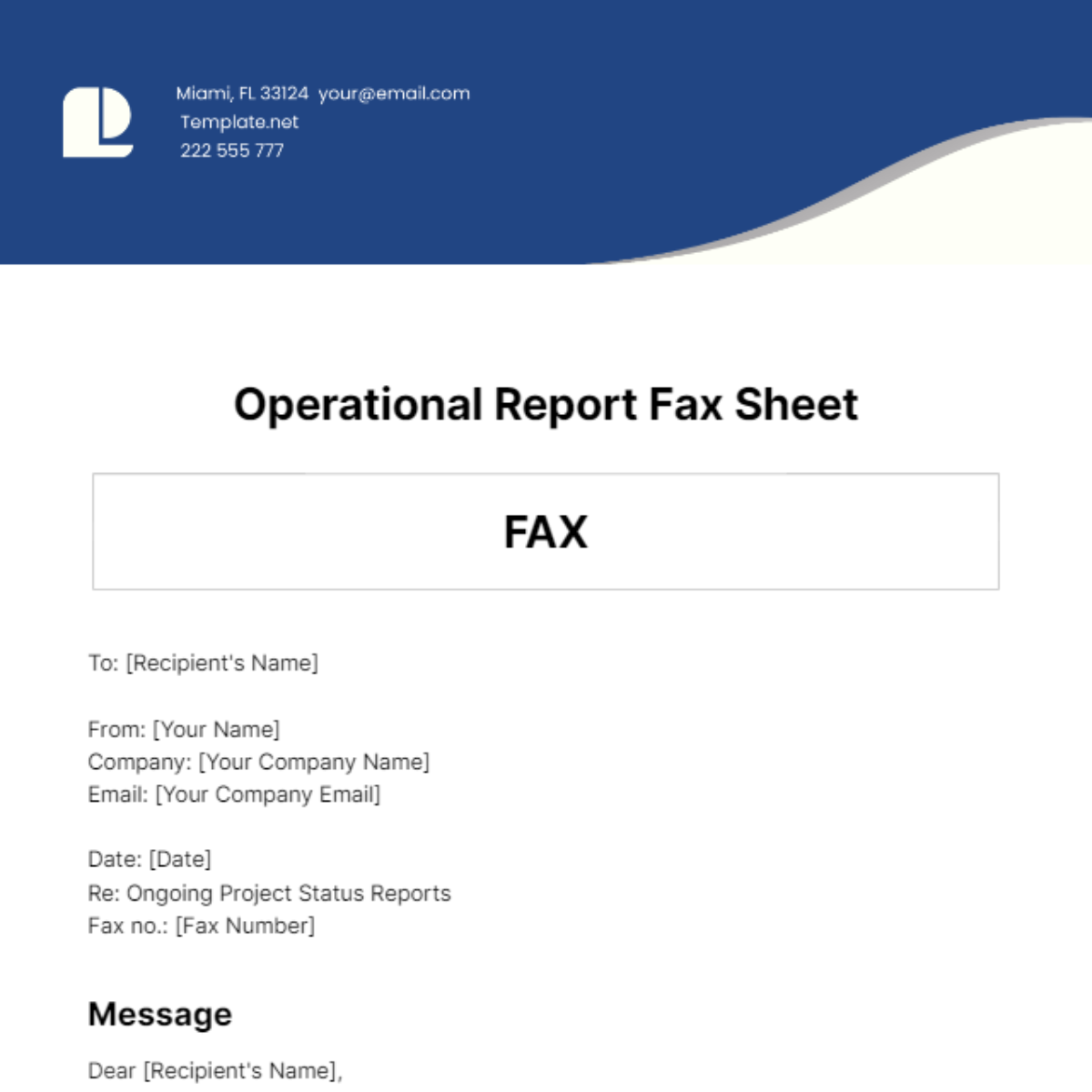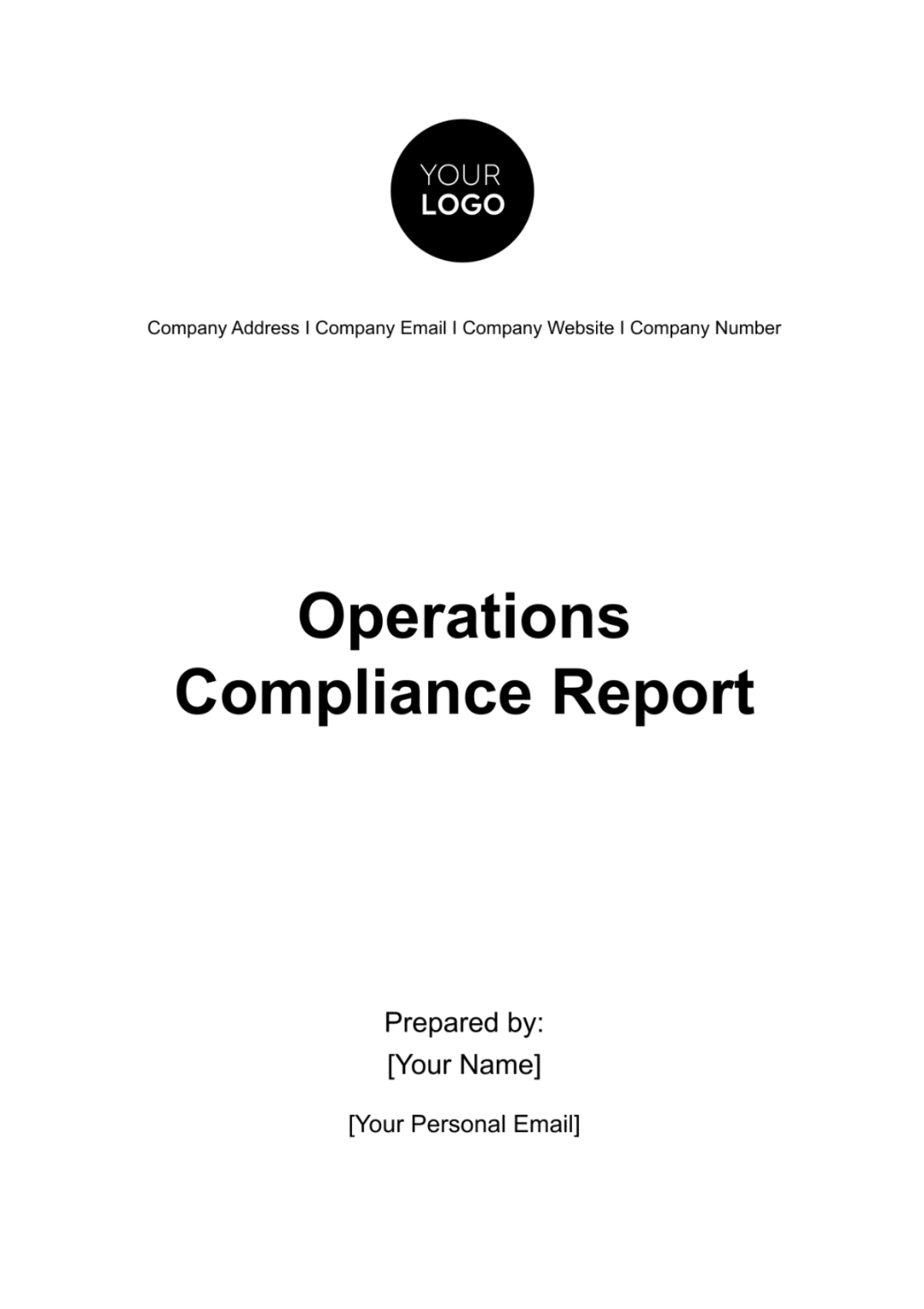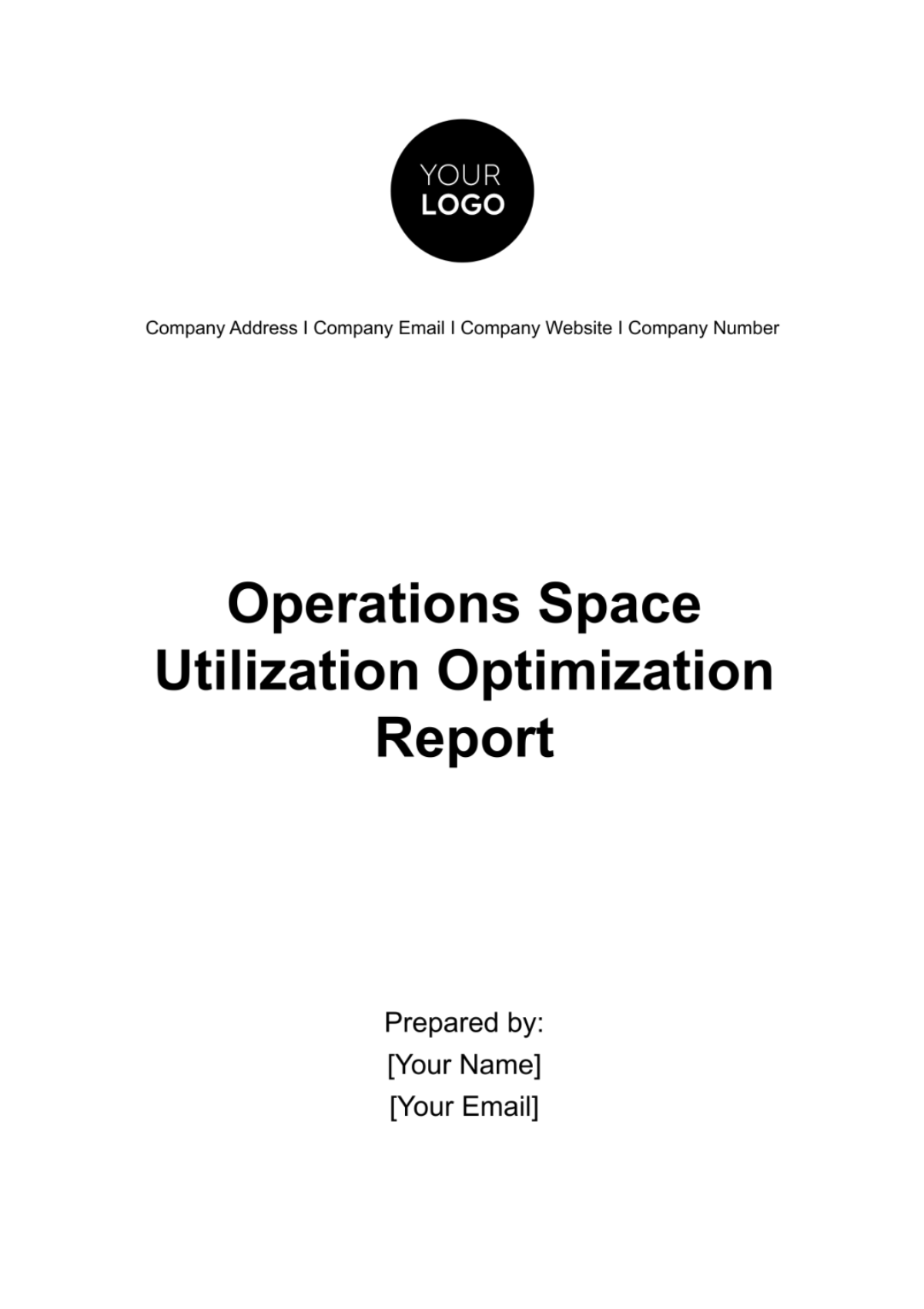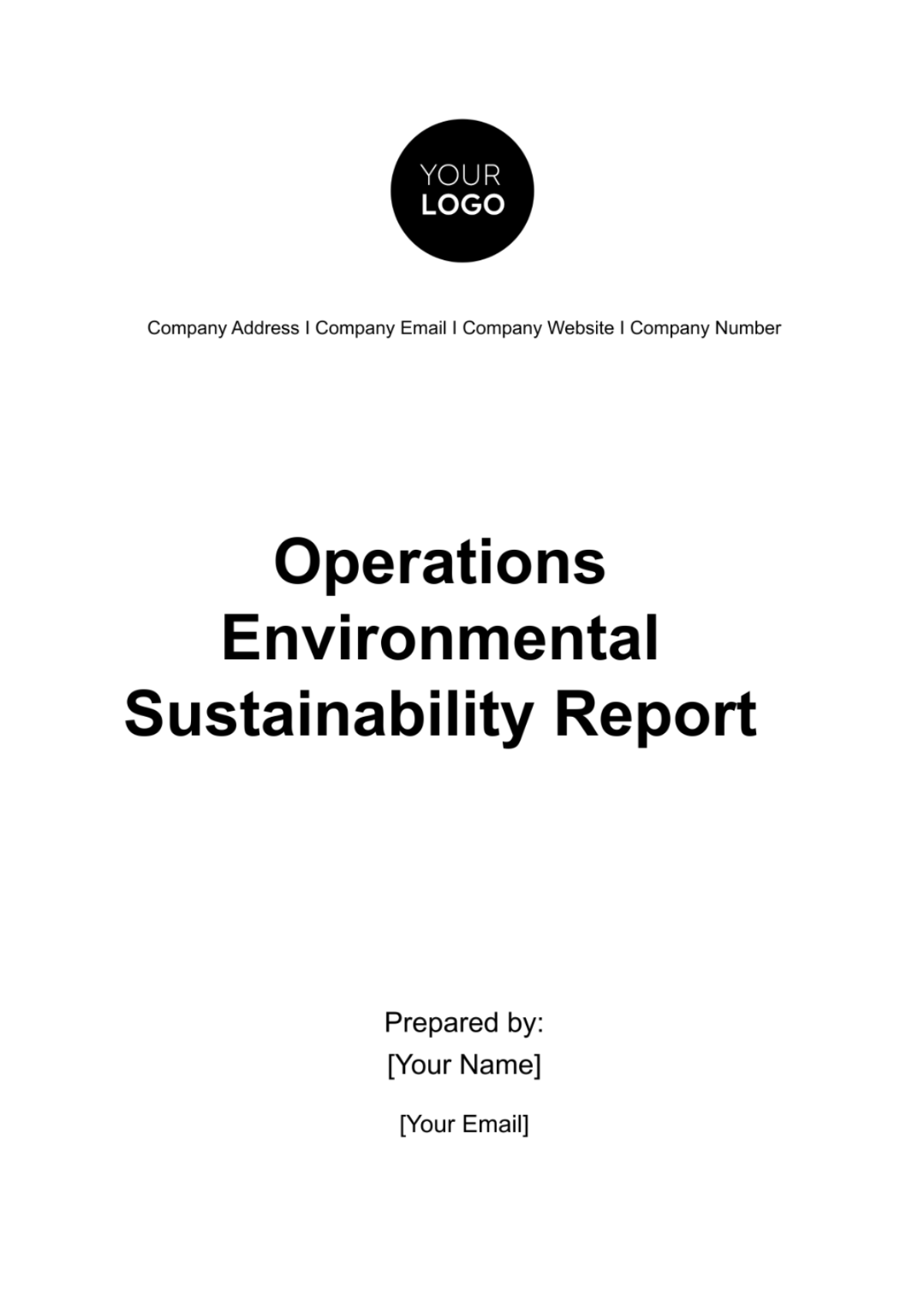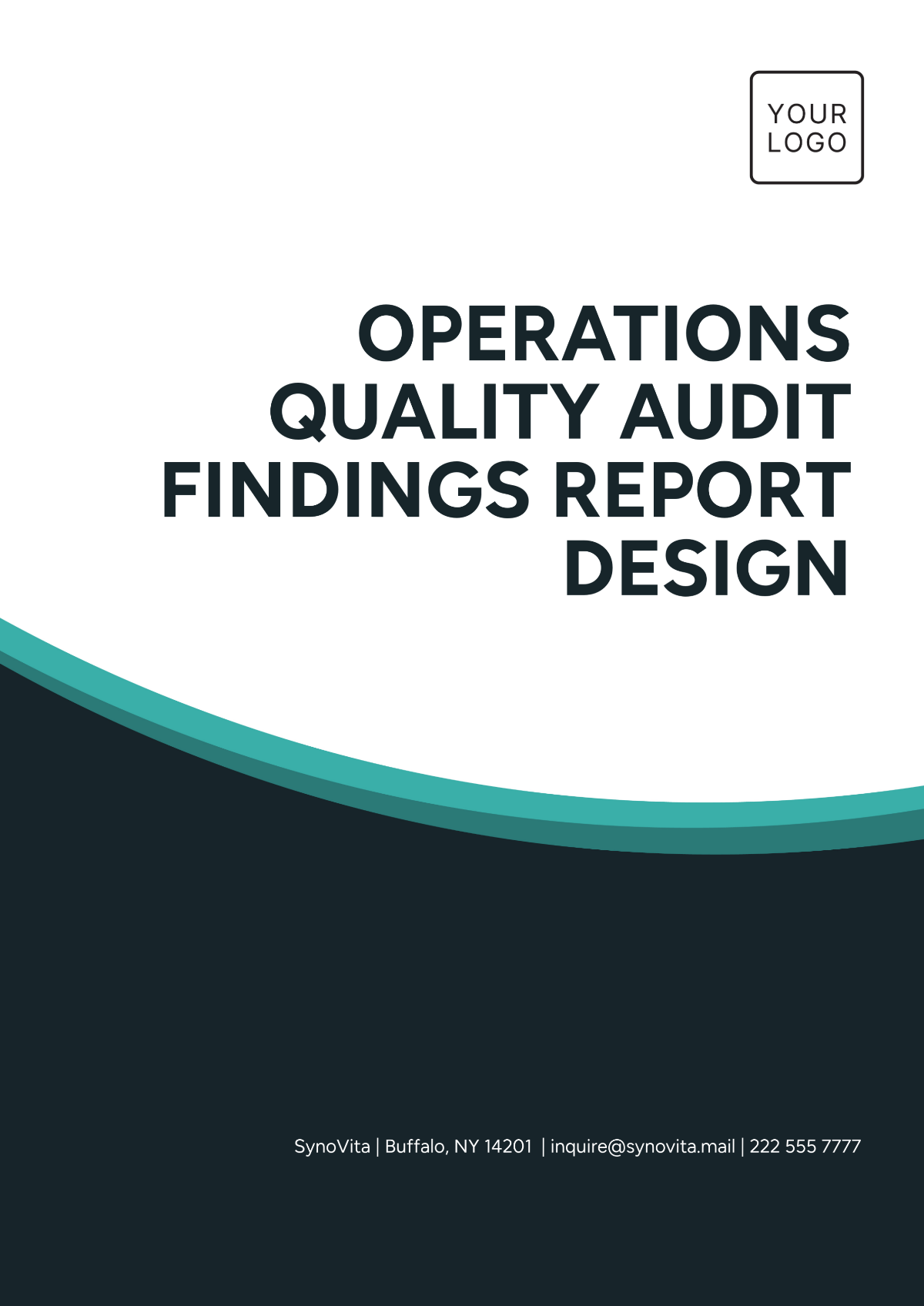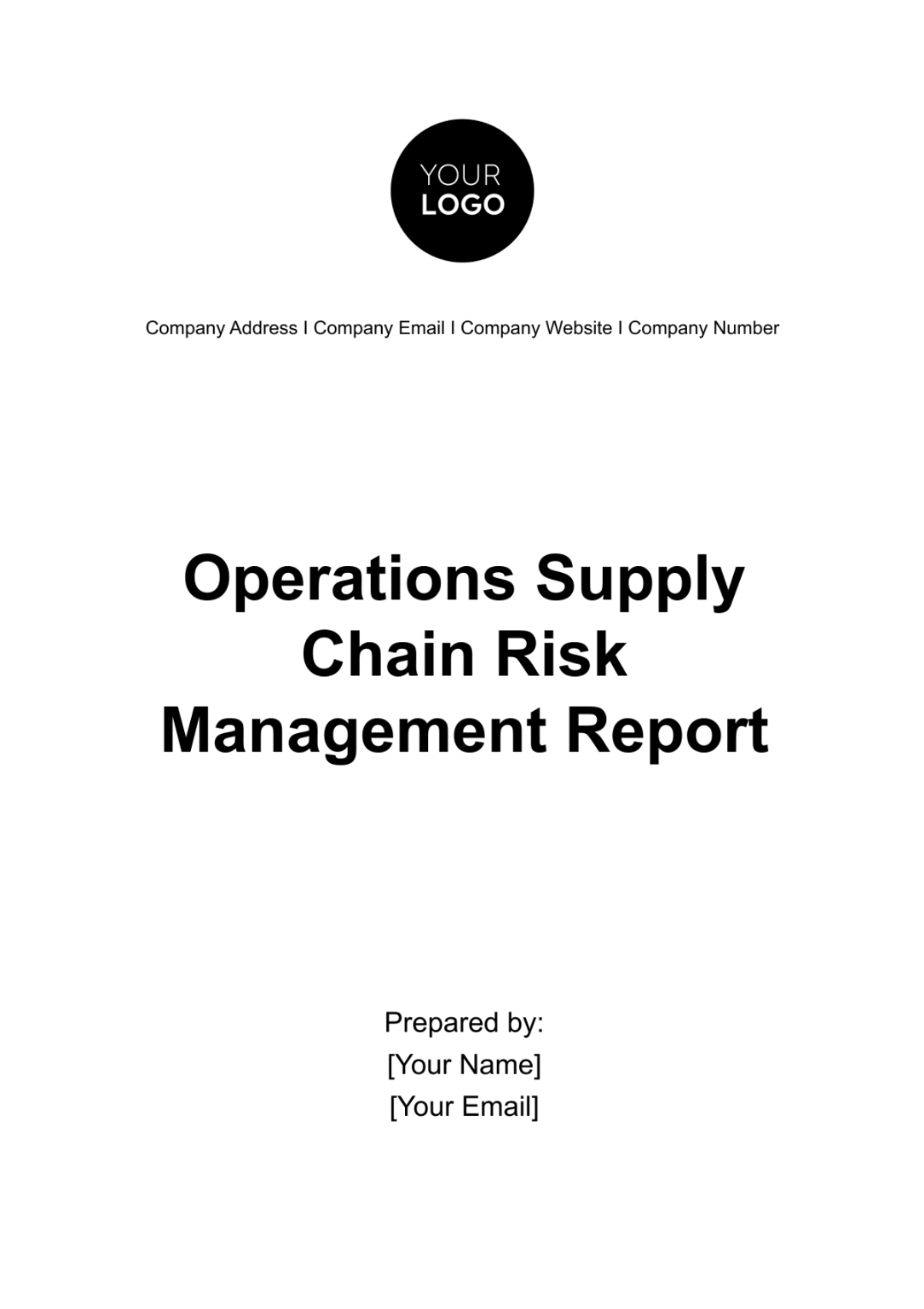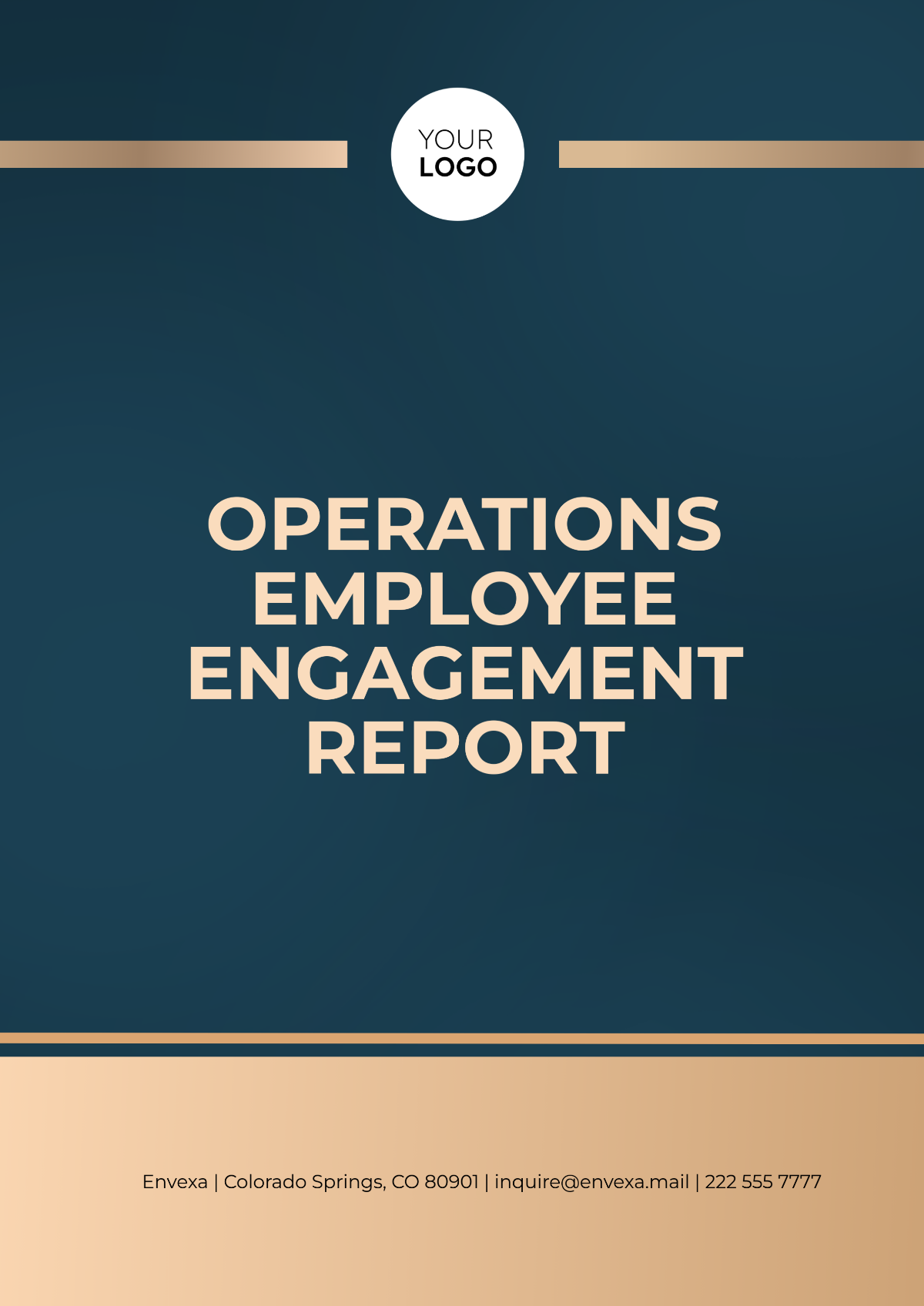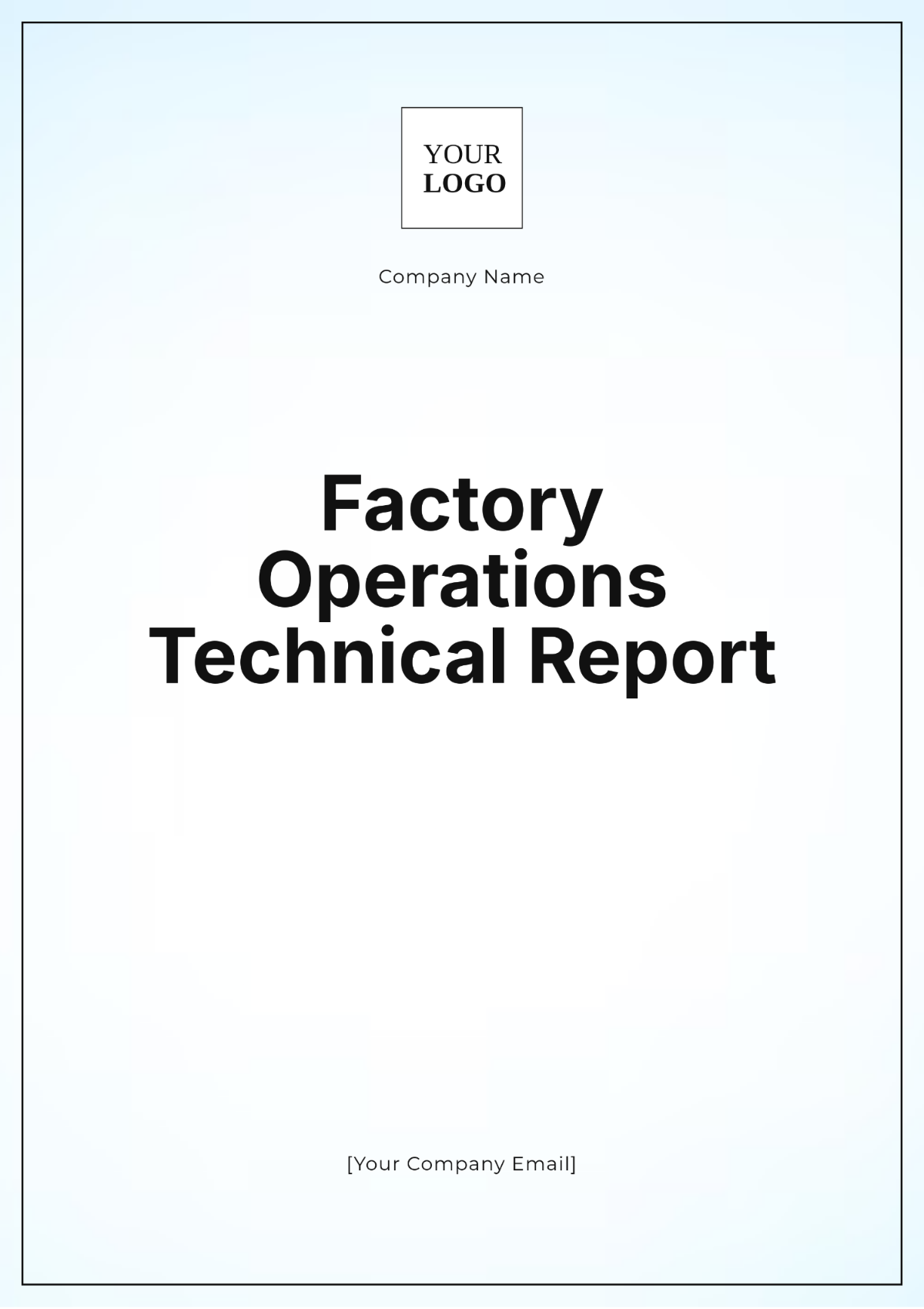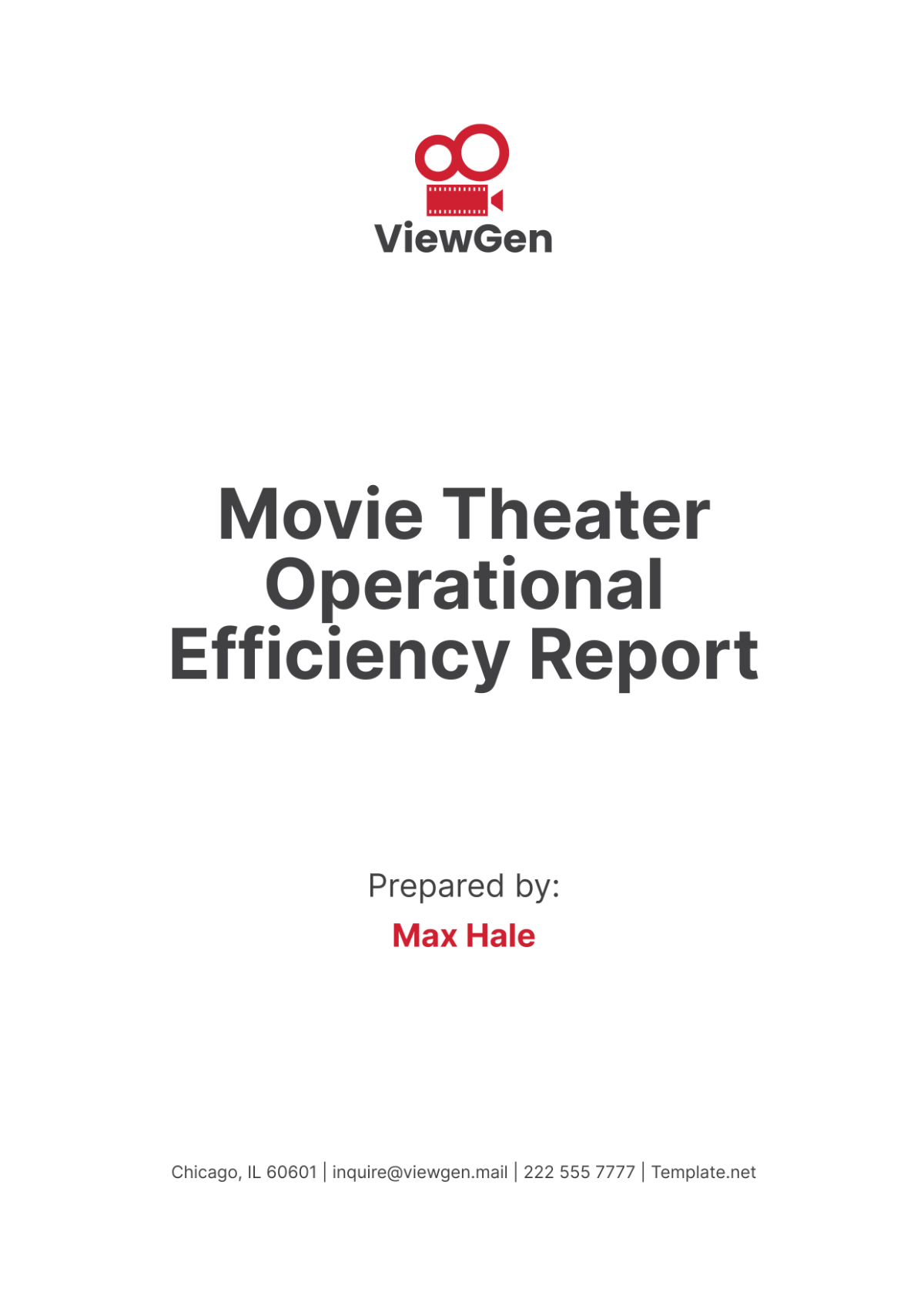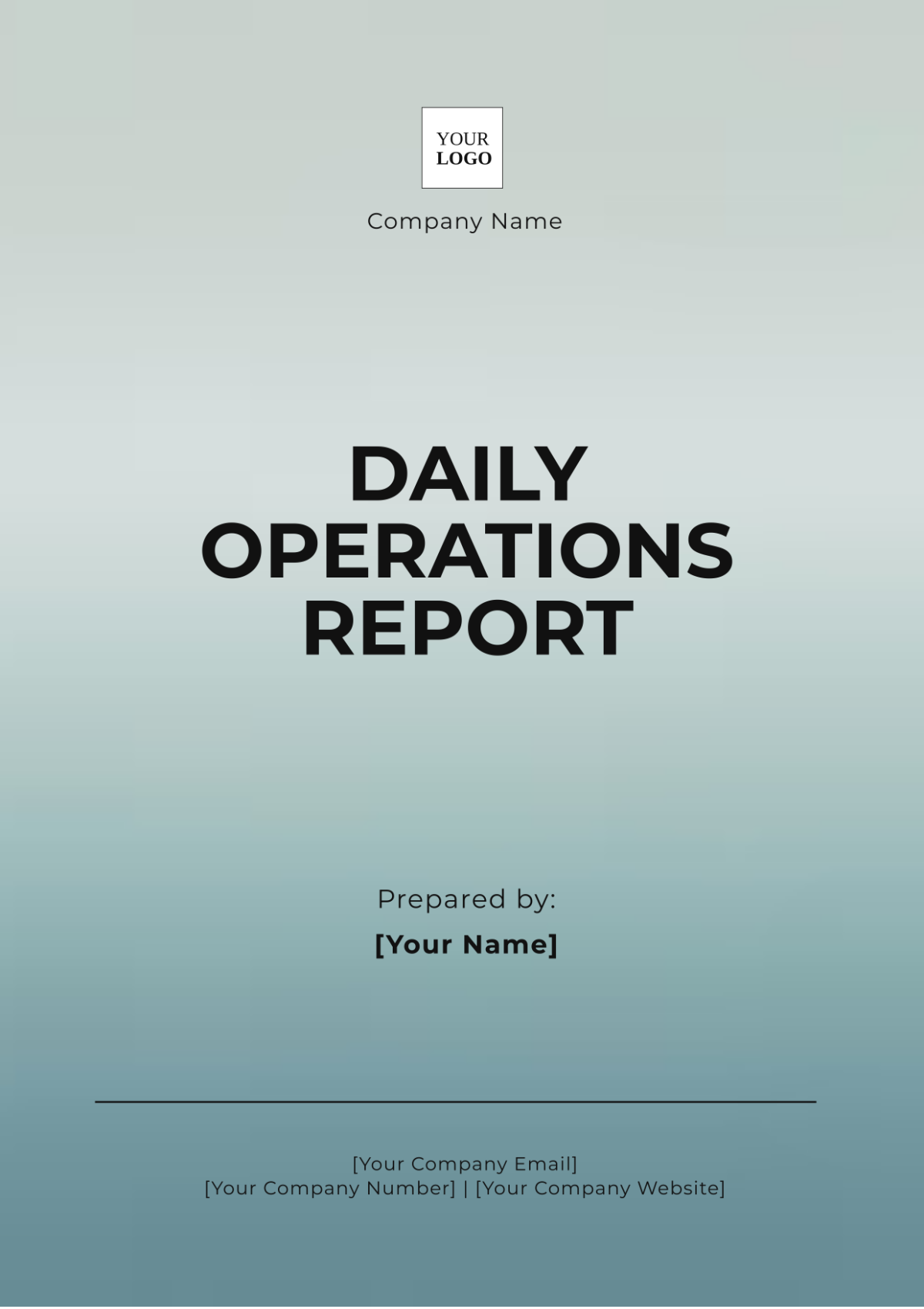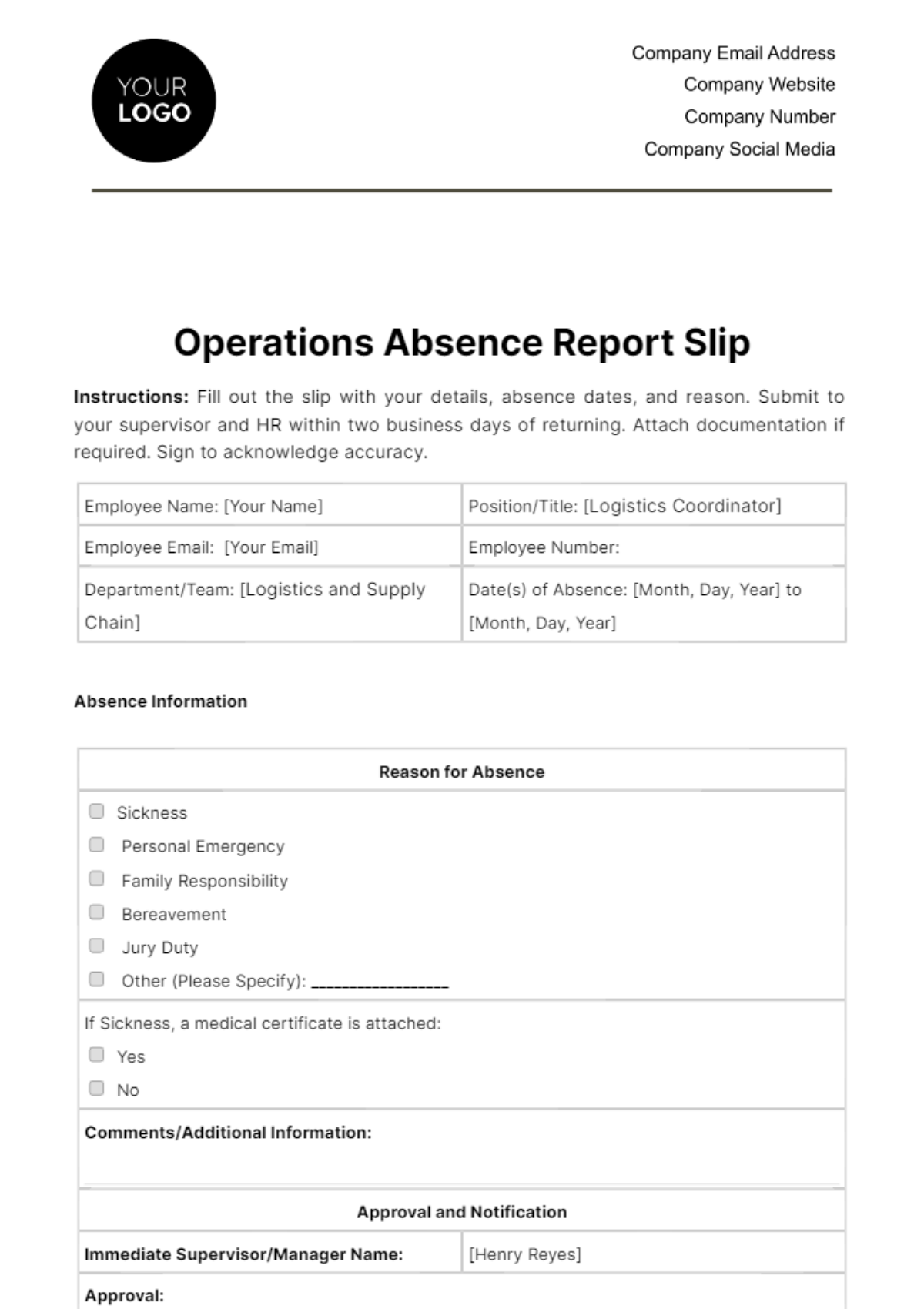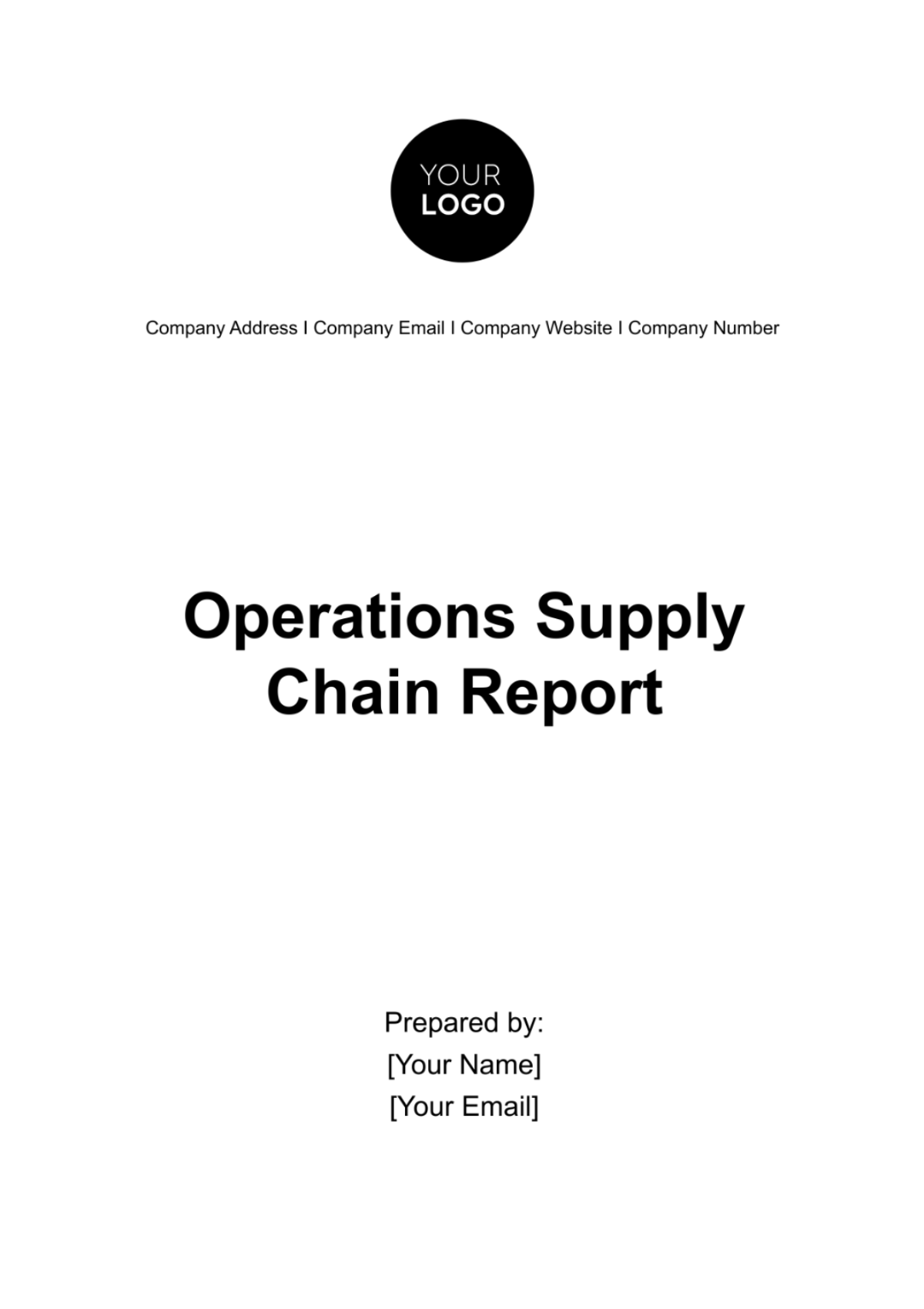Operations Staff Performance Report
I. Introduction
This comprehensive report is designed to provide an in-depth evaluation of the performance of our operations staff. It is a critical tool for understanding the strengths and areas of improvement within our team, and for making informed decisions about training, development, and workflow optimization.
The report focuses on several key performance indicators (KPIs), including productivity, efficiency, quality of work, adherence to company policies and procedures, teamwork, and individual achievements. These KPIs have been carefully selected to provide a holistic view of staff performance.
By analyzing these metrics, we can gain valuable insights into the functioning of our operations team. This, in turn, allows us to identify opportunities for improvement, enhance our training and development programs, and ensure that our team’s efforts are aligned with the company’s strategic goals.
In essence, this report serves as a roadmap for continuous improvement, guiding us towards operational excellence and the achievement of our overarching business objectives. It underscores our commitment to fostering a high-performance culture that values accountability, continuous learning, and excellence.
II. Objectives
The key objectives of this report are:
A. Enhance Workflows
By assessing staff performance, we aim to identify opportunities for enhancing workflows. This includes streamlining processes, eliminating bottlenecks, and improving communication and collaboration within the team.
B. Improve Staff Training and Development
The insights gained from this report will be used to improve our staff training and development programs. This could involve introducing new training modules, providing additional resources, or offering personalized coaching and mentoring.
C. Identify Areas of Improvement
Through the analysis of performance metrics, we can identify gaps or areas where improvement is needed. This could relate to individual performance, team dynamics, or operational processes.
D. Align with Strategic Goals
Finally, this report aims to ensure that our team’s efforts are aligned with the company’s overall strategic goals. By understanding how individual and team performance contributes to these goals, we can make informed decisions about resource allocation, strategic planning, and performance management.
III. Operations Staff: Objectives met vs Targets
The following table showcase percentage of objectives met:
Employee | Objectives Met (Monthly) | Objectives Met (Annual) |
|---|---|---|
Jane Doe | 95% | 92% |
John Smith | 88% | 90% |
Mary Johnson | 90% | 94% |
Robert Brown | 89% | 91% |
Emma Davis | 93% | 92% |
This data provides a quantitative measure of how well our operations staff are meeting their objectives, both on a monthly and annual basis. This is essential for understanding the effectiveness of our team and identifying areas where additional support or training may be needed. Additionally, it serves as a key indicator of staff productivity and efficiency, and it provides a clear picture of individual and team performance. By tracking these metrics over time, we can identify trends, monitor progress towards goals, and make informed decisions about resource allocation and strategic planning.
Moreover, this plays a vital role in fostering a culture of accountability and continuous improvement within our team. It allows us to recognize and reward high performers, motivate staff to meet their objectives, and ensure that everyone is aligned with the company’s strategic goals. By regularly reviewing and discussing these metrics, we can keep our team focused and engaged, and drive our operations towards excellence.
IV. Key Findings
Here, we present the key findings derived from the analysis of our operations staff’s performance metrics. These findings provide valuable insights into the productivity and performance improvements of our team members:
A. Productivity
Our team has demonstrated commendable levels of productivity. The data reveals that staff members have consistently met an average of 91% of their objectives on a monthly basis. This high level of productivity is a testament to their dedication, work ethic, and commitment to the company’s goals. It also indicates their ability to effectively manage their workload and prioritize tasks in line with the company’s strategic objectives.
Moreover, this high productivity level reflects positively on the team’s ability to work efficiently and effectively. It suggests that our team members are not only capable of handling their individual tasks but are also able to collaborate and work together towards achieving common goals. This level of productivity is a strong indicator of a well-functioning team that is capable of delivering high-quality results.
B. Performance Improvements
Our analysis also revealed several notable performance improvements among our staff members:
John Smith: His annual performance increased by 2%, suggesting that he has been able to effectively implement feedback and improve his skills over the year.
Mary Johnson: She has maintained a consistently high performance level, achieving a 94% annual completion rate. This consistency is indicative of her reliability and commitment to her role.
Robert Brown: He has demonstrated robust performance growth, improving his completion rate from 89% to 91% over the year. This improvement suggests that he has been proactive in addressing areas of weakness and enhancing his skills.
Emma Davis: She has shown a steady performance level throughout the year, consistently meeting 92% of her goals. This steady performance suggests that she has a good understanding of her role and is able to consistently meet her objectives.
Jane Doe: She achieved the highest monthly performance at 95%, although her annual average was 92%. This suggests some inconsistency in her performance over the year, which could be addressed through targeted support and training.
V. Recommendations
To further enhance the performance of our operations staff, we recommend the following strategies:
A. Skill Enhancement Workshops
We recommend encouraging staff to participate in skill enhancement workshops. These workshops can be tailored to address the specific needs of our team and can cover a wide range of topics. By improving their skills, our staff can increase their productivity and contribute more effectively to the team. The workshops could focus on:
Technical skills relevant to their roles.
Soft skills like communication and leadership.
Time management and prioritization techniques.
B. Peer Recognition Programs
Introducing peer recognition programs can significantly boost morale and motivation among the team. These programs allow team members to acknowledge and appreciate each other’s efforts, fostering a positive work environment. They can also encourage healthy competition and drive team members to strive for excellence. The programs could include:
Employee of the Month awards.
Spot awards for exceptional performance.
Team awards for successful project completion.
Recognition for years of service or perfect attendance.
C. Regular One-on-One Meetings
Regular one-on-one meetings with managers can help employees set clear and realistic goals. These meetings provide an opportunity for employees to discuss their progress, address any challenges they are facing, and receive constructive feedback. They also allow managers to better understand the needs and aspirations of their team members, enabling them to provide more effective support and guidance. The meetings could focus on:
Reviewing progress towards current goals.
Setting new goals for the upcoming period.
Discussing any challenges or obstacles.
D. Constructive Feedback
Providing constructive, timely feedback can help employees identify areas where they can improve. Feedback should be specific, actionable, and balanced, highlighting both strengths and areas for improvement. It should also be delivered in a supportive and respectful manner, ensuring that employees feel valued and motivated to improve. The feedback could focus on:
Performance in relation to job responsibilities.
Achievement of set goals and objectives.
Areas of strength and areas for improvement.
E. Flexible Work Arrangements
Consider implementing flexible work arrangements to enhance employee satisfaction and productivity. This could include options like remote work, flexible hours, or compressed work weeks. Such arrangements can help employees achieve a better work-life balance, which can in turn lead to increased job satisfaction, reduced stress, and higher productivity. The arrangements could include:
Remote work or telecommuting options.
Flexible start and end times.
Compressed work weeks.
Job sharing or part-time work options.
VI. Conclusion
This report has provided a comprehensive evaluation of the performance of our operations staff. It has highlighted the key achievements and areas of improvement for our team members, and it has offered valuable insights into their productivity and efficiency. These insights are crucial for understanding the dynamics of our team and for making informed decisions about training, development, and workflow optimization.
The recommendations outlined are designed to further enhance the performance of our operations staff. By implementing these strategies, we can foster a culture of continuous improvement and excellence within our team. This will not only boost the morale and motivation of our staff, but it will also contribute to the overall success and growth of our company.
In conclusion, this report underscores our commitment to fostering a high-performance culture that values accountability, continuous learning, and excellence. By continuously monitoring these metrics and implementing the recommended strategies, we can ensure the ongoing success of our team and the achievement of our company’s strategic goals. This commitment to continuous improvement is what drives our operations towards excellence and helps us deliver value to our stakeholders.
